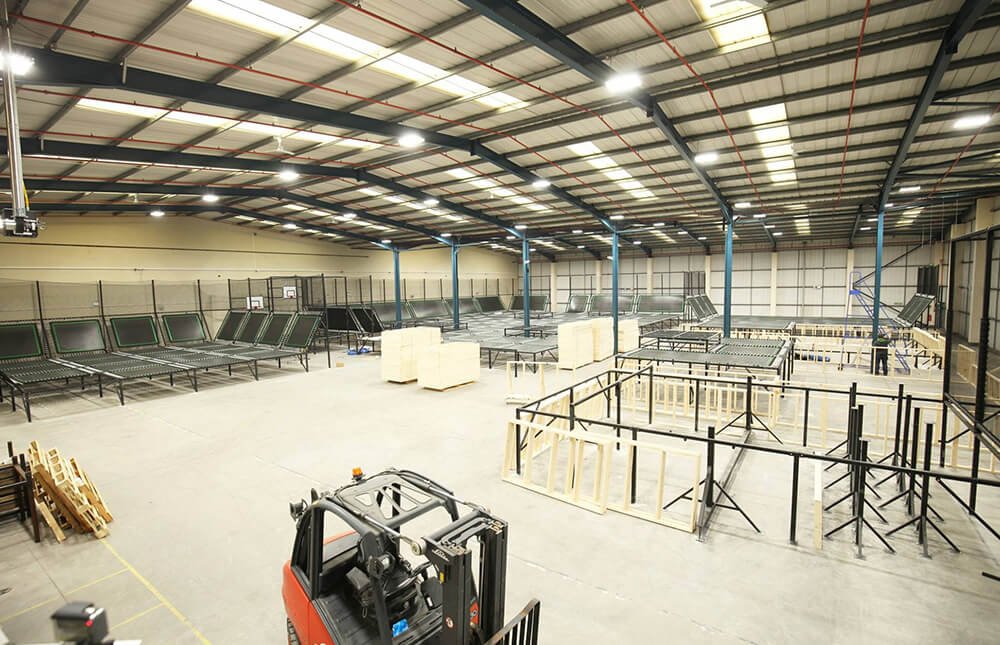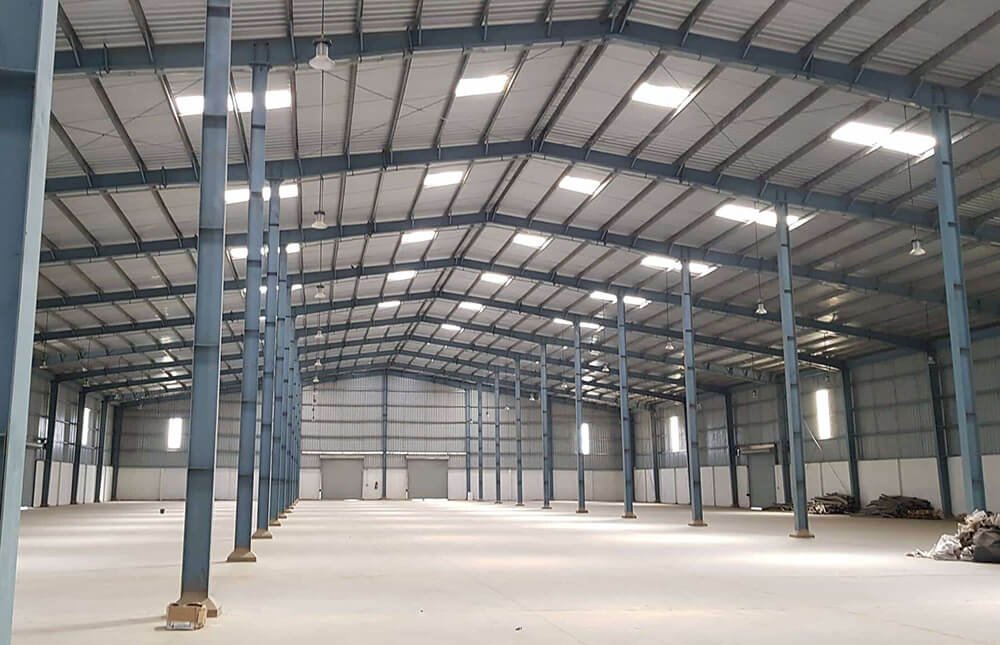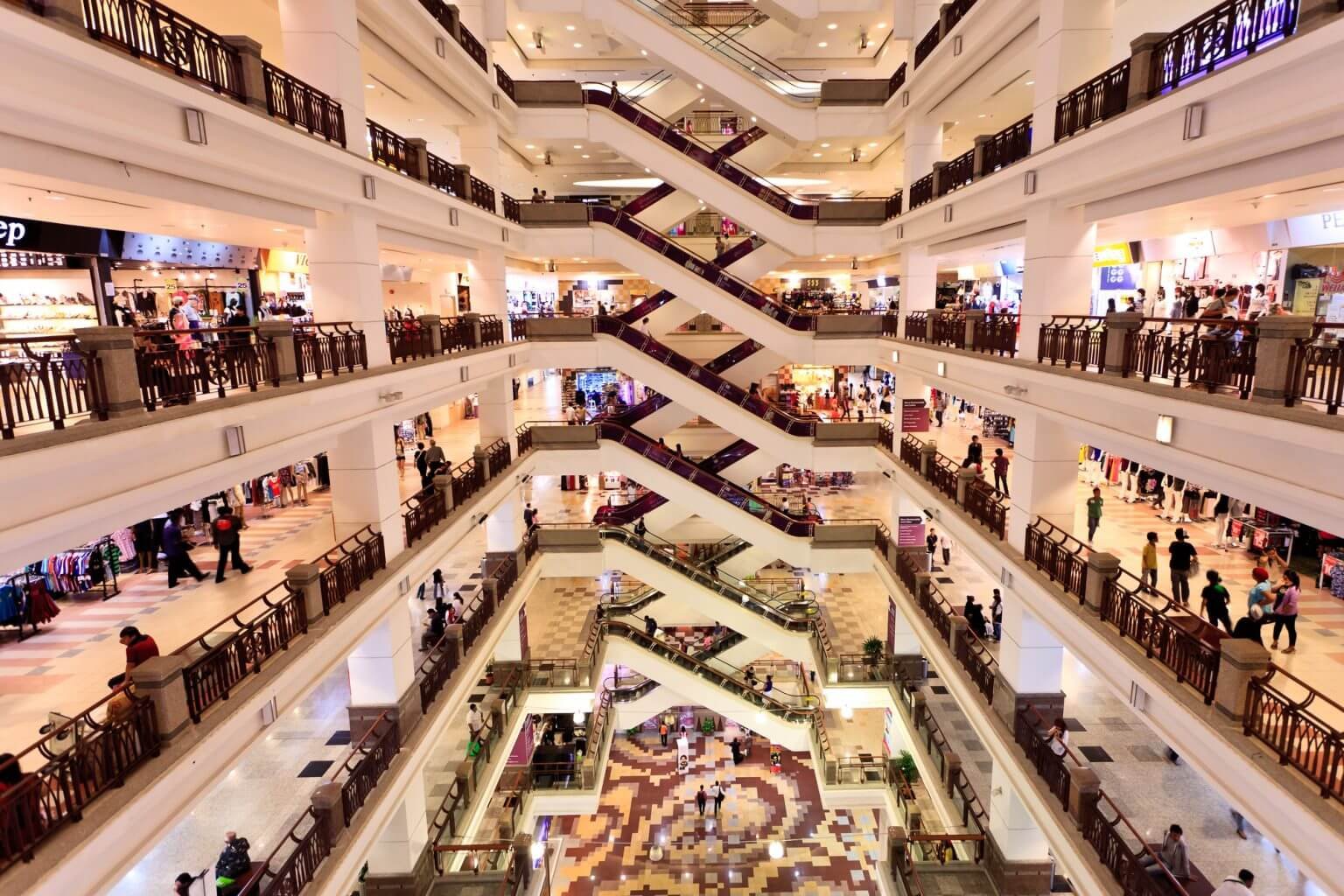At Lebo Play, people often ask us, “How much area required for a better indoor playground.?” The short answer is: “It depends.” There isn’t a one-size-fits-all answer. The ideal size for an indoor playground depends on several factors, including your target age group, the types of play equipment you want to have, and how many people you expect to visit your playground. These factors are critical to making sure your playground is not only fun and exciting, but also safe and comfortable for everyone who uses it.
What is the Ideal Size for an Indoor Playground?
When determining the size of your indoor playground, the number of people you expect to visit is one of the biggest factors to consider. Here’s a general guide to help you plan:
- For fewer than 50 people at a time: At 1,000 – 1,500 square feet, you can build a playground with basic play structures and soft play equipment that will keep a small crowd entertained.
- For 50 – 100 people at a time: You’ll need a little more space — 1,500 – 3,000 square feet. This size will allow you to include a variety of play structures so kids have plenty to do without overcrowding the play area.
- For more than 100 people at a time: You’ll need 3,000 square feet or more. This size will allow you to have multiple play zones, including multi-level play structures and dedicated areas for different age groups or types of activities.
These are general guidelines to help you get started. The actual size you need may vary depending on the specific design and goals of your indoor playground.Understanding your customer demographics and planning for peak times are essential to determining the right size for your facility.

What about the ceiling height?
Floor space is important, but so is ceiling height. The height of your ceiling affects the type of play structures you can install and, ultimately, the experience your customers have in your playground.
- For a typical indoor playground, you need a ceiling height of at least 16 feet (5 meters). This height gives you enough space to install soft play structures, slides, and climbing walls and allows kids to move around safely. It also enables you to install larger, more interactive equipment that can attract older kids and keep them playing longer.
- In specialty setups, such as indoor trampoline parks or multi-level play structures, you may need even more height—up to 20 feet (6.1 meters) or more. This extra height ensures the equipment can function safely and gives kids enough vertical space to play without restrictions. Taller ceilings also make the playground feel more open, which improves the overall look and feel of the space.

How does the target age group affect the design and size of an indoor playground?
The age group you’re targeting with your indoor playground has a huge impact on the design and size of your facility. Different age groups have different developmental needs, and the equipment you provide needs to be appropriate for their abilities and interests.
- Toddlers and Preschoolers (Ages 0-5): For younger kids, you want smaller playgrounds with a focus on soft play, small slides, and interactive panels. The slides should be no more than 4 feet tall. You don’t need as much space for these playgrounds, maybe 200-300 square feet for home use.
You should also choose equipment that is safe for this age group, with rounded edges, soft surfaces, and bright, inviting colors. The design should also allow for easy supervision by parents or caregivers.

- Older Kids (Ages 6-12): Older kids are more adventurous and need more challenging equipment, like climbing walls, ninja warrior courses, and trampolines. You need a bigger space to include more complicated and physically demanding equipment. These spaces should include a variety of play experiences, including both physical challenges and interactive games.

- All-Age Playgrounds: If you’re building a playground that serves a wide range of ages, you should include separate zones for different age groups. This approach not only minimizes safety risks, but it also ensures that each group has access to challenges and activities that are appropriate for their age. The size of this playground should be adjusted accordingly, possibly requiring even more space to accommodate the different types of equipment and play areas.

What types of equipment are suitable for different indoor playground sizes?
The size of your indoor playground will determine what types of equipment you can have. Here’s what you can usually fit in different size playgrounds:
- Small Indoor Playgrounds (up to 150 square meters): In small spaces, you want to choose equipment that is compact and versatile. Look for play structures that offer multiple play activities, soft play items, interactive play panels, small ball pits, and ride-on toys. These items are great for small spaces and give you a lot of play value without making your space feel crowded or cluttered.
- Medium Indoor Playgrounds (150 – 600 square meters): In medium-sized playgrounds, you can expand your offerings to include multi-level play structures, ninja warrior courses, trampoline zones, interactive games, and themed play areas. At this size, you have a much broader range of things you can do, serving different age groups and keeping your customers coming back for more.
- Large Indoor Playgrounds (600 – 1,500 square meters): In big spaces, you can do almost anything. You can put in big multi-level play structures, have dedicated trampoline areas, ninja warrior courses, zip lines, ball cannons, foam ball areas, rope courses, and interactive digital games. You can also create different zones for different age groups or different types of play to ensure there’s something for everyone.
When you’re designing your playground, you also need to think about things like age-appropriate zones and parent zones. Dividing the playground into different sections for toddlers, young kids, and older kids can help ensure that each group has a safe and fun place to play. Parent zones, like seating areas or cafes, are also important in bigger spaces, giving grown-ups a place to sit and relax while they watch their kids play.
How can I maximize the use of space in a small indoor playground?
If you’re working with a smaller space, don’t worry—there are several strategies you can use to maximize the available area without compromising on fun or safety.
Multi-Functional Play Structures
Choose small, multi-functional play structures that combine multiple activities, such as combination slides and climbing walls that fit neatly into smaller footprints.
Utilize Vertical Space
Multi-level play structures are great for smaller spaces because they utilize vertical height instead of just floor space. Adding lofts with ladders, climbing nets, or bridges can create a fun, multi-dimensional play experience.
Wall-Mounted Features
Use wall-mounted features like climbing walls, building blocks panels, or interactive panels. This saves floor space while still giving kids fun things to do.
Flexible and Foldable Equipment
Pick equipment that can be easily folded up or stacked when it’s not being used. This helps keep your play area neat and allows you to change things up from time to time to keep the place fresh and exciting.
Use Mirrors and Lighting
Strategically using mirrors and lighting can make your place look bigger. Bright, well-lit areas feel more open and inviting, which makes the whole experience better for your customers.
Functional Furniture
Choose furniture that serves a purpose, like storage benches that double as seating. This kind of furniture helps keep your playground clean and provides practical solutions for parents and children.
Replace Activities Periodically
Change up the activities and equipment you have available from time to time. This keeps your play area interesting without making it feel crowded. Doing this can make a smaller space feel more dynamic and interesting, which will encourage people to come back again and again.
How does the location of an indoor playground affect its success?
The location of your indoor playground is a huge factor in how well it does. The right location can impact how many people come to your playground, how much money you make, and how long you stay in business. Here are a few things to think about:
- Accessibility: Make sure people can easily get to your playground by car, bus, or walking. The easier it is to get to your playground, the more people will come, especially if you put your playground near schools, shopping centers, or neighborhoods where lots of families live.
- Who Lives Nearby: Think about the people who live near your playground. A playground near a lot of young families or in an area where lots of new houses are being built will probably do better than one near a bunch of office buildings where not a lot of families live.
- Competition: Check out the other playgrounds near your playground. A couple of other playgrounds near yours can be a good sign, but too many similar businesses can make it hard for you to get enough customers.
- Cost: Think about how much you’ll have to pay for your location and how much money you think you’ll make. Places that cost more to rent or buy might bring in more people, but you might not make enough extra money to cover the higher cost.
- How Many People Will See It: Think about how many people will see your playground because of where it is. A playground on a busy street or in a popular shopping center will get more people to come because they see it when they’re driving or walking by.
Picking the right location is just as important as building the playground. A well-placed playground that meets the needs of the people nearby can be a great business and bring fun and excitement to families for years.

Conclusion
Deciding how big your indoor playground should be involves thinking about a lot of different things, like how many people you expect, how tall your ceiling is, what equipment you want, who you want to come, and where you want to put your playground. There’s no one right answer, but if you think about these things, you can make a space that’s safe, fun, and good for business.
At Lebo Play, we specialize in building custom indoor playgrounds that fit your specific needs. Whether you want a small play area or a big family fun center, we can help you design a playground that’s a blast and also safe and efficient. If you think about the things we talked about in this article, you can build an indoor playground that doesn’t just meet the expectations of your customers, but exceeds them and makes your business a success for years to come.

